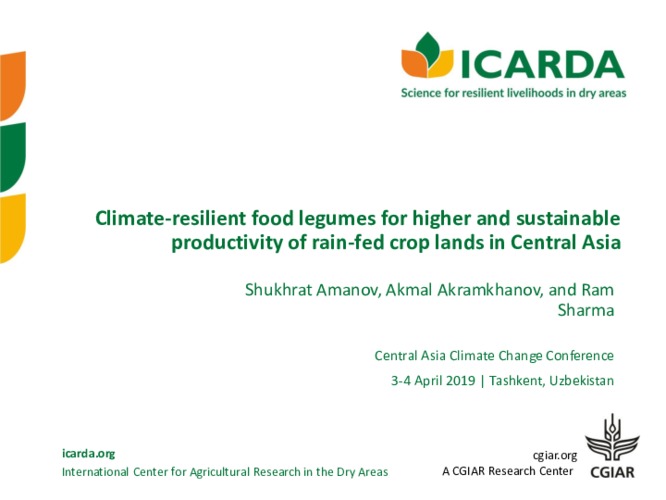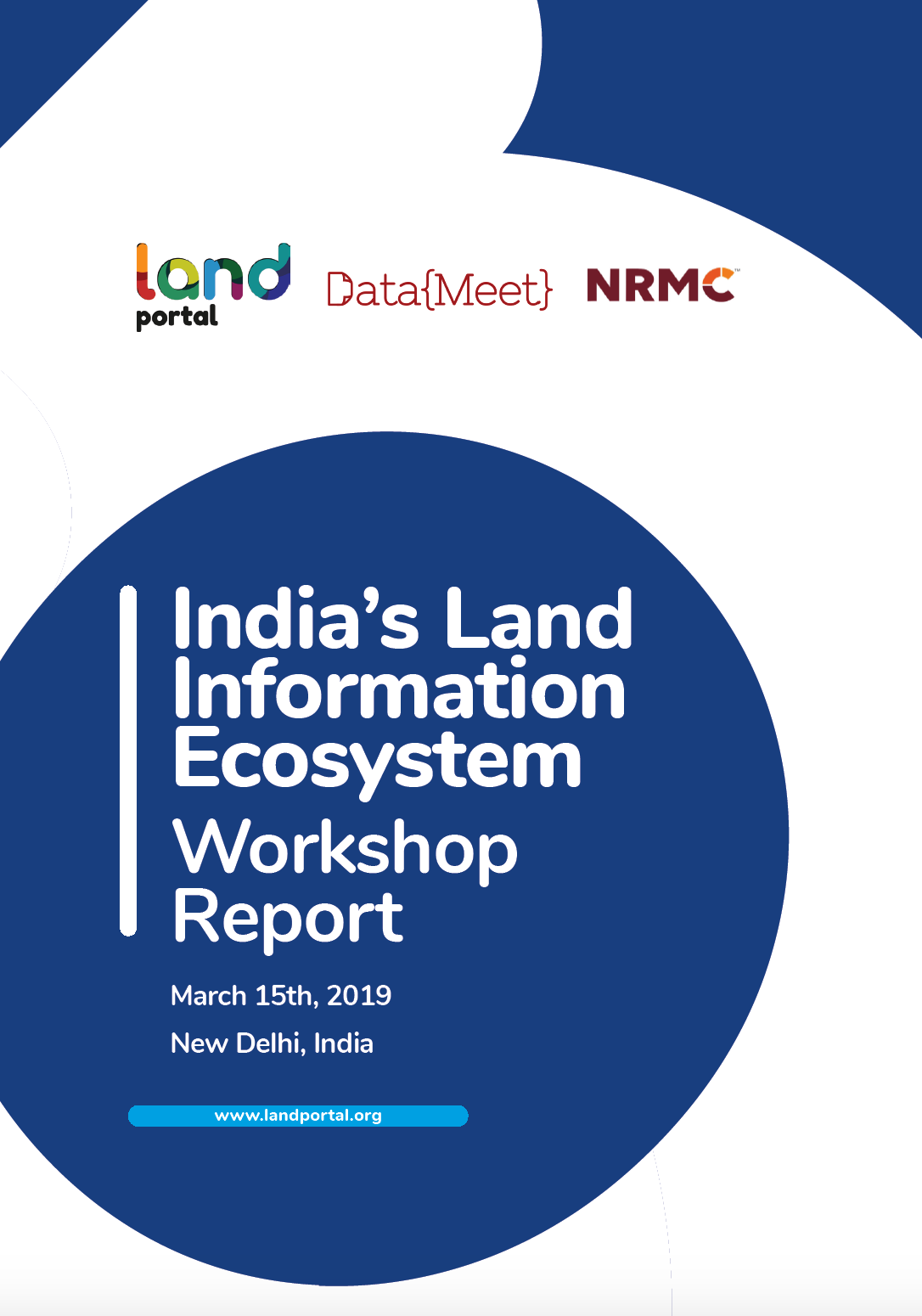The Struggle between the Powerful and the People: How Customary Communities Struggle for Land and Livelihoods
ILC officially launches this Land Inequality Framing Document;the first of a series of papers from the Land Inequality Research Initiative. Research by ILC member Oxfam and others shows that extreme inequality is rising in most regions. Worldwide around 84% of farms share 12% of the total agricultural land area;while just 16% of farms control the remaining 88%.





